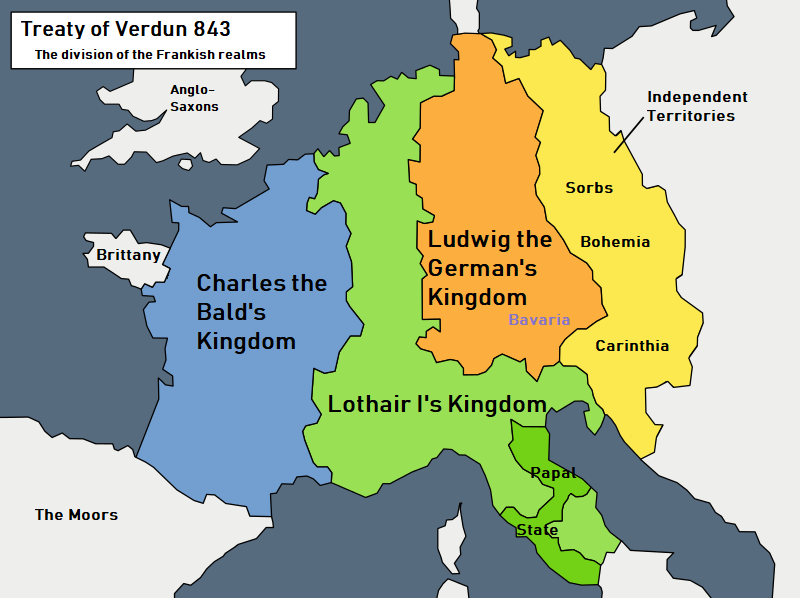

The signatures of the parties' representatives follow at the very end. For example, the Charter of the United Nations was "DONE at the city of San Francisco the twenty-sixth day of June, one thousand nine hundred and forty-five." If the treaty is executed in multiple copies in different languages, that fact is always noted, and is followed by a stipulation that the versions in different languages are equally authentic. The date is always written in its most formal, longest possible form. The end of a treaty is often signaled by a clause like "in witness whereof" or "in faith whereof," the parties have affixed their signatures, followed by the words "DONE at," then the site(s) of the treaty's execution and the date(s) of its execution. Modern treaties, regardless of subject matter, usually contain articles governing where the final authentic copies of the treaty will be deposited and how any subsequent disputes as to their interpretation will be peacefully resolved. A long treaty may further group articles under chapter headings. Each article heading usually encompasses a paragraph. The end of the preamble and the start of the actual agreement is often signaled by the words "have agreed as follows."Īfter the preamble comes numbered articles, which contain the substance of the parties' actual agreement.
Treaty of verdun definition full#
The contracting parties' full names or sovereign titles are often included in the preamble, along with the full names and titles of their representatives, and a boilerplate clause about how their representatives have communicated (or exchanged) their full powers (i.e., the official documents appointing them to act on behalf of their respective states) and found them in good or proper form. Modern preambles are sometimes structured as a single very long sentence formatted into multiple paragraphs for readability, in which each of the paragraphs begins with a verb (desiring, recognizing, having, and so on). A treaty typically begins with a preamble describing the contracting parties and their joint objectives in executing the treaty, as well as summarizing any underlying events (such as a war). Since the late 19th century, most treaties have followed a fairly consistent format. A treaty is that official document which expresses that agreement in words and it is also the objective outcome of a ceremonial occasion which acknowledges the parties and their defined relationships.


Collective Security Treaty Organisation.Anti-Treaty IRA (From the Treaty to the Troubles).Anglo-Japanese Treaty of Amity and Commerce.


 0 kommentar(er)
0 kommentar(er)
